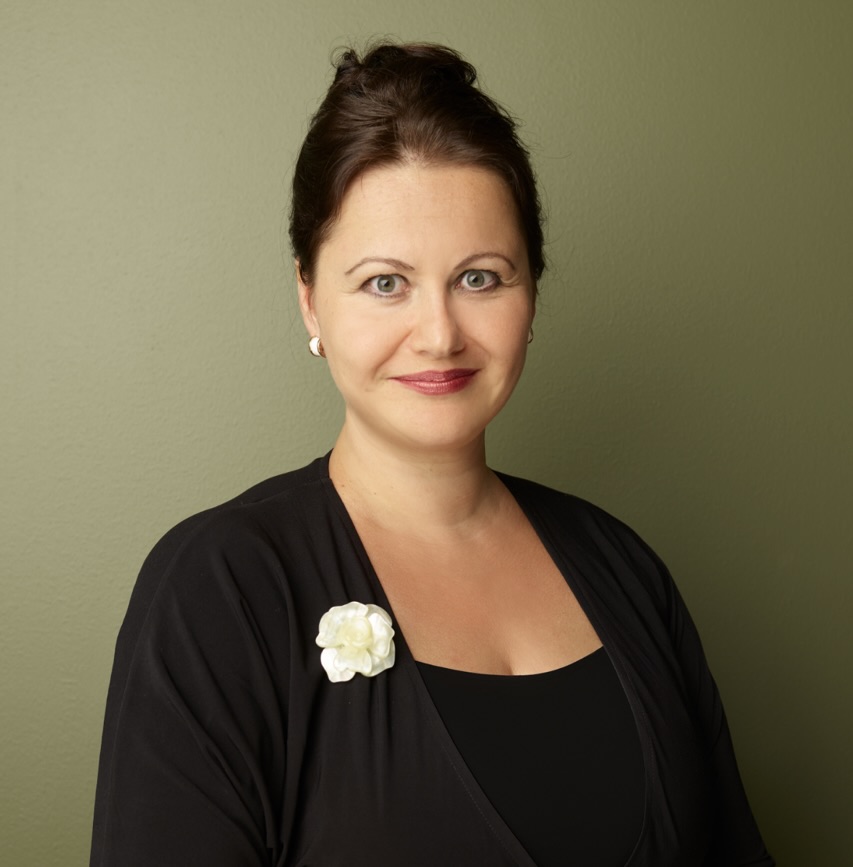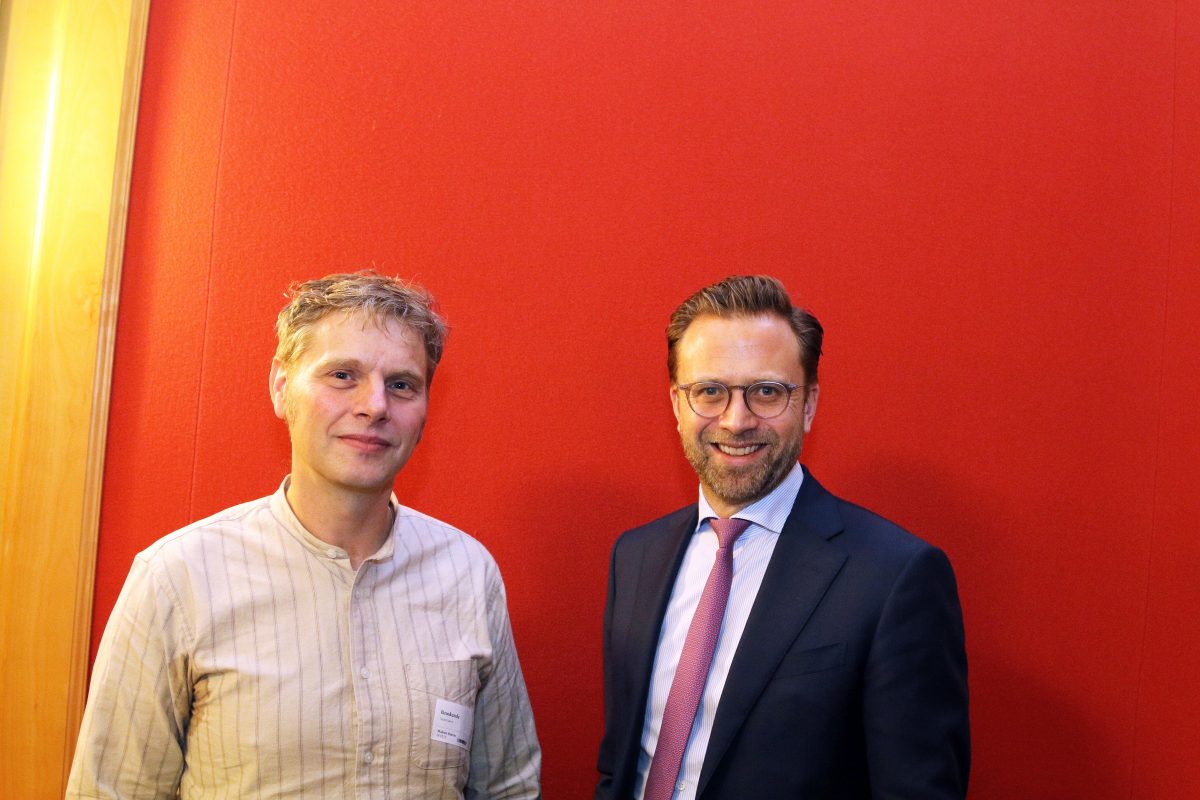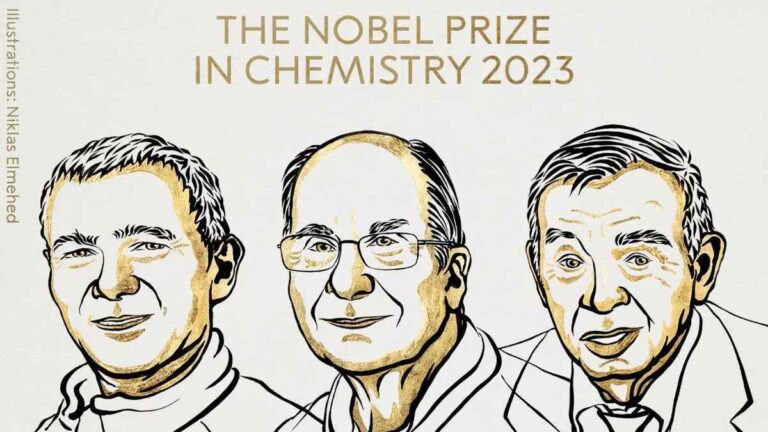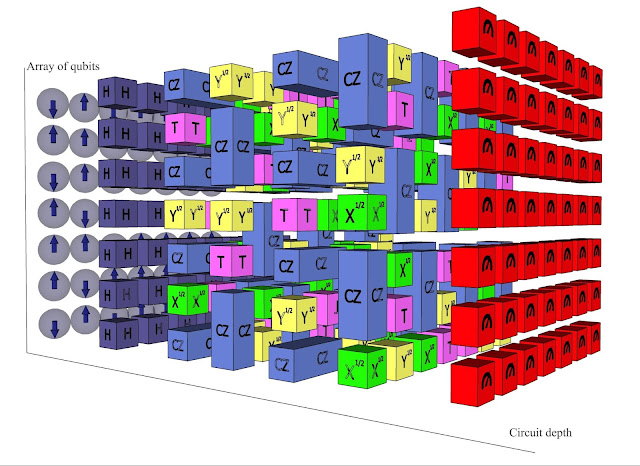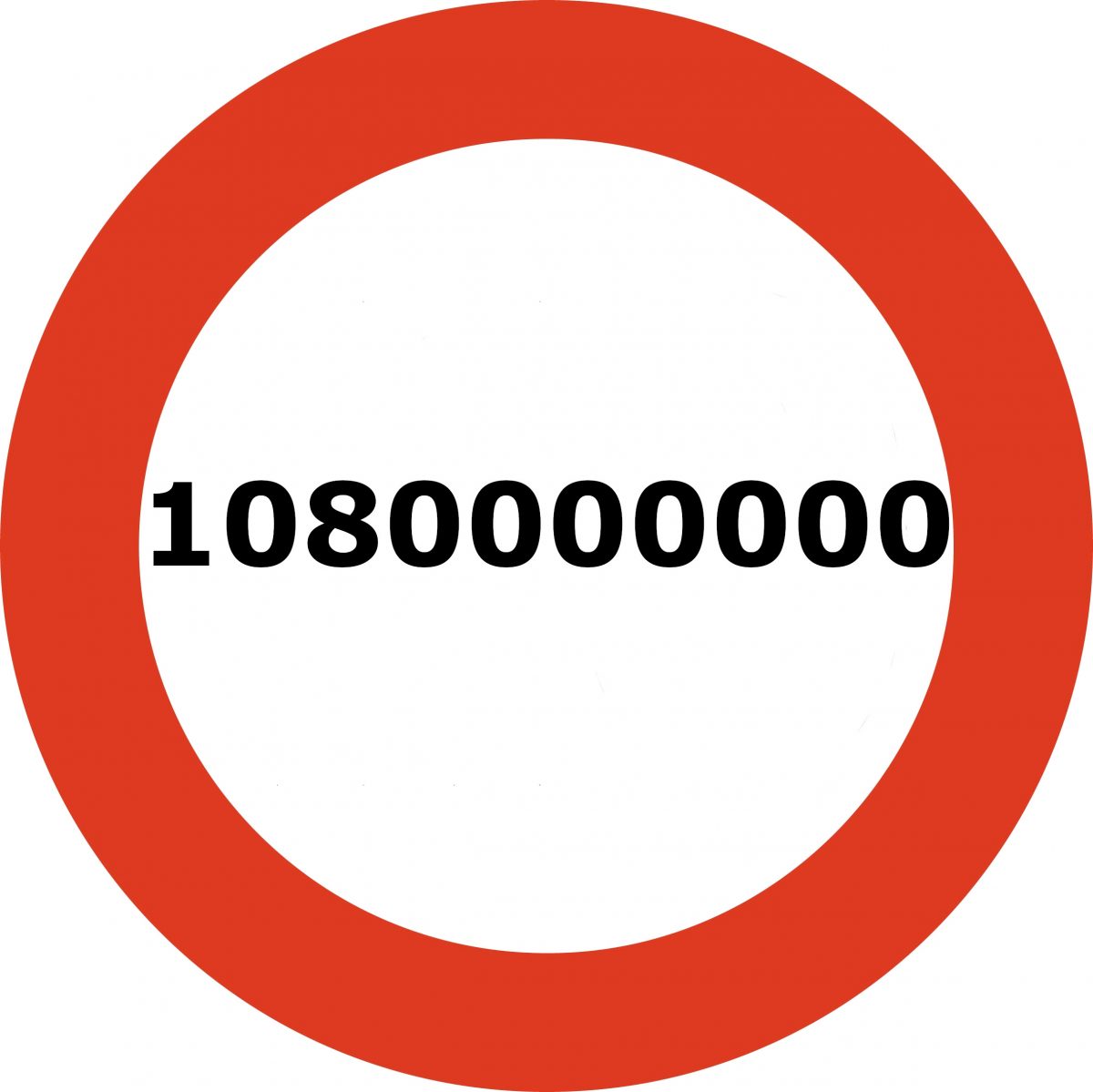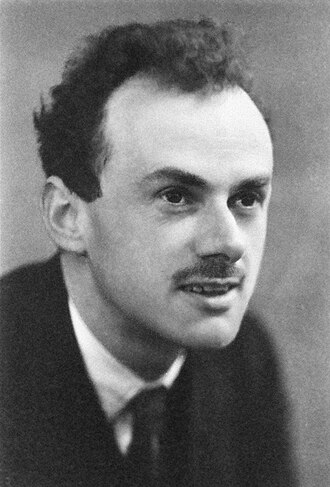Panelsamtale på QIT: – Viktig å lytte til frontløperne
– Jeg tror ikke mange har tatt innover seg hvor store følger den kommende kvanteteknologien vil kunne ha for samfunnet som helhet.
Det sier Ina von Turow, som til vanlig leder podkastserien «Kvantespranget».
– Personlig tror jeg at det vil ta vesentlig lengre tid for samfunnet å omstille seg enn det vil ta for denne teknologien å nå et kritisk punkt.
Tirsdag 13. mai deltok von Turow på Quantum Information Technology (QIT)-konferansen i regi av Simula, Sigma2 og OsloMet. Med konferansen ønsker de å få kvanteteknologi på forsknings- og innovasjonsagendaen i Norge.
Her ledet von Turow en panelsamtale om «talent pipeline management», altså det å utdanne en kvante-kompetent arbeidsstyrke. Til stede for å dele sine synspunkter var Oxford-fysiker Artur Ekert, Caterina Foti fra selskapet Algorithmiq, Yves Rezus fra Amsterdam University of Applied Sciences (AUAS), og Instituttleder for Informasjonsteknologi ved OsloMet, André Brodtkorb.
Tilgjengelig for allmennheten
Ina von Turow har bakgrunn som siviløkonom og filosof, men fikk opp øynene for kvanteteknologien av personlig interesse for over 25 år siden. Hun hadde aldri tenkt at hun skulle jobbe med temaet, men da hun i 2022 hadde litt ekstra tid i kalenderen, deltok hun på QC-konferansen til Simula, Sigma2, OsloMet og Sintef.
Konferansen kom som følge av posisjonspapiret «Bidrag til en norsk strategi for kvanteregning» i juli samme år. Det var her von Turow møtte OsloMet-professor Sølve Selstø for første gang, og siden har han blant annet stilt som gjest i podkastserien.
– Det var to ting som virkelig slo meg på konferansen i 2022: det var nesten ingen ikke-fysikere der, og innholdet ble presentert på en måte som jeg ville vært sjanseløs til å forstå, hvis ikke jeg hadde hatt en lang og lidenskapelig interesse for feltet. De som styrer samfunnet vårt har som oftest ikke denne bakgrunnen, og dette informasjonsgapet måtte adresseres.
Derfor laget hun podkastserien «Kvantespranget» i samarbeid med Viafilm Channels, som nå er i sin andre sesong. Serien har som formål å tilgjengeliggjøre kvanteteknologi for allmennheten.
– Blitt for dårlige på innovasjon
I 2024 falt Norge fra 19. til 21. plass på den globale innovasjonsindeksen. Av de 133 landene som rangeres, er både Sverige, Finland og Danmark på topp ti, ifølge NTB. Dersom Norge ikke blir bedre på innovasjon, blir vi hengende bak i kvantekappløpet, mener von Turow.
– Vi har blitt for dårlige på innovasjon, og jeg tror at det blant annet har å gjøre med skattepolitikk, rammevilkår og kapitalbetingelser. Akademia alene kan ikke være ansvarlige for å gjøre et samfunn «kvanteklart», sier hun.
Derfor mener hun at det må finnes et hensiktsmessig samspill mellom det offentlige og det private.
– Industrien må bevisstgjøres deres eksponerte områder hvor teknologien kan få en enorm effekt allerede innen dette tiåret. Staten må ta ansvar for at akademia opplyser flere samfunnslag: studenter, skoleelever, og enda yngre barn, i tillegg til kveldskurs for det kommersielle sjiktet. I den kommende kvanteæraen ligger det mange muligheter, mener von Turow.

Innspill fra flere samfunnslag
– Jeg ønsker ikke at vi skal havne i en situasjon der teknogigantene har enda mer makt enn det de har i dag. Hvis vi ikke får et mer demokratisk eierskap til kvanteteknologi, vil det kunne skje, sier von Turow.
Likevel ser hun antydninger til en kommende maktspredning i tråd med at mange land investerer i kvanteteknologi.
– Det er viktig at folk krever medbestemmelse i hvordan teknologien planlegges, utformes og brukes i samfunnet. Jeg vil at neste digitale revolusjon skal skje på vesentlig mer transparente og demokratiske betingelser enn den forrige.
Von Turow ser frem til at Norge får en nasjonal kvantestrategi, og håper at den vil utformes med innspill fra mange forskjellige samfunnslag. Hun mener at den mest umiddelbare problemstillingen kan være at mange industriledere ikke er klare over størrelsen på kvanteteknologiens kommende effekter.
Man har også lenge hatt en lineær måte å forvalte ressurser på, som har mye å si for hvor mange ressurser som dedikeres til teknologiske fremskritt med lange og usikre tidslinjer, mener hun.
– Med kvante må vi tenke annerledes, fordi farten på fremskrittene kan komme til å gå så innmari fort at vi må rigge oss for en annen type fremskritt enn vi har sett før.
– Må adresseres fort
Panelsamtalen tirsdag handlet om kvanteutdanning, og å lytte til erfaringer fra land vi sammenligner oss med, men som har kommet mye lenger enn oss, forteller von Turow.
Hun mener at det er både viktig og tidskritisk å bevisstgjøre politiske, økonomiske og organisatoriske ledere.
– Hvordan skal vi ha nok kvantekompetente folk til å lede prosjekter for å omstille organisasjoner? Denne mangelen må adresseres ganske fort i de mest kritiske industriene.
I tillegg kreves det flere ph.d.-studenter, masterstudenter og realfagsstudenter som interesserer seg for kvante, mener von Turow. Hun sier seg enig med André Brodtkorb, som mener at vi til og med må starte helt nede i barnehagealder.
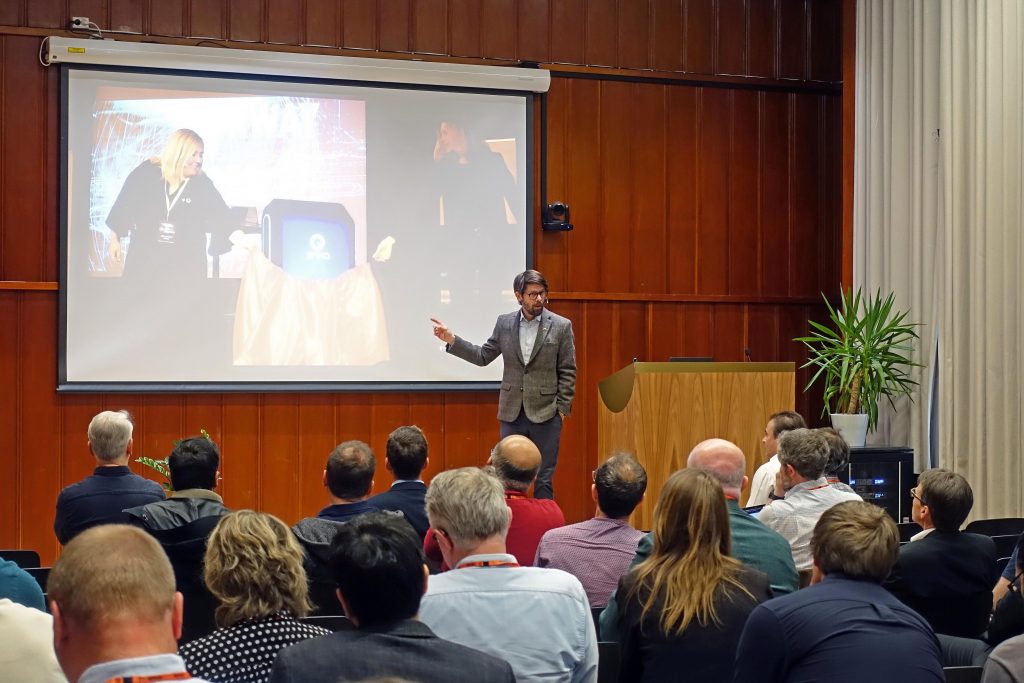
– Bør ikke ledes av akademia
– Jeg håper at kvantemiljøet her lytter til de internasjonale frontløperne. Når vi først har toppfolk fra ledende miljøer i UK, Singapore, Finland og Nederland i salen, er det viktig at vi ser på hva som fungerer for dem og tar til oss rådene de gir.
Hun mener at det er noe å ta med seg fra alle de fire innleggene i samtalen.
– Når en person som Artur Ekert sier at akademia ikke burde lede kvanteberedskapen, men heller gi input til dem som skal gjøre det, er det noe man burde lytte til. Han tilhører tross alt noen av de aller fremste kvantemiljøene i verden.
Videre er Finland og Nederland land vi kan sammenligne oss med, og derfor burde vi også notere oss det Yves Rezus og Caterina Foti forteller om hva de har fått til med sine ressurser, mener von Turow.
– De har satset på entreprenørskap, og på å nå ut til bredere samfunnslag. Jeg tror dermed at deres industrier og sivilsamfunn per dags dato står bedre rustet til kvanteteknologiens inntog enn vårt. Men jeg tror at vi kan kopiere mye av det de har gjort, og at vi ved å knytte oss enda tettere til nordisk og europeisk samarbeid, forhåpentligvis vil kunne bli en viktig aktør i kvante-økosystemet.
OsloMets André Brodtkorb fortalte om kvantediskusjonen i Norge og hva som skjer på hjemmebane.
– Selv om vi i Norge ligger langt bak våre naboland, har den offentlige diskursen om kvanteteknologi virkelig skutt fart siden Arendalsuka i 2024, og det begynner nå å skje mer og mer på hjemmebane som vi kan glede oss til, avslutter von Turow.
